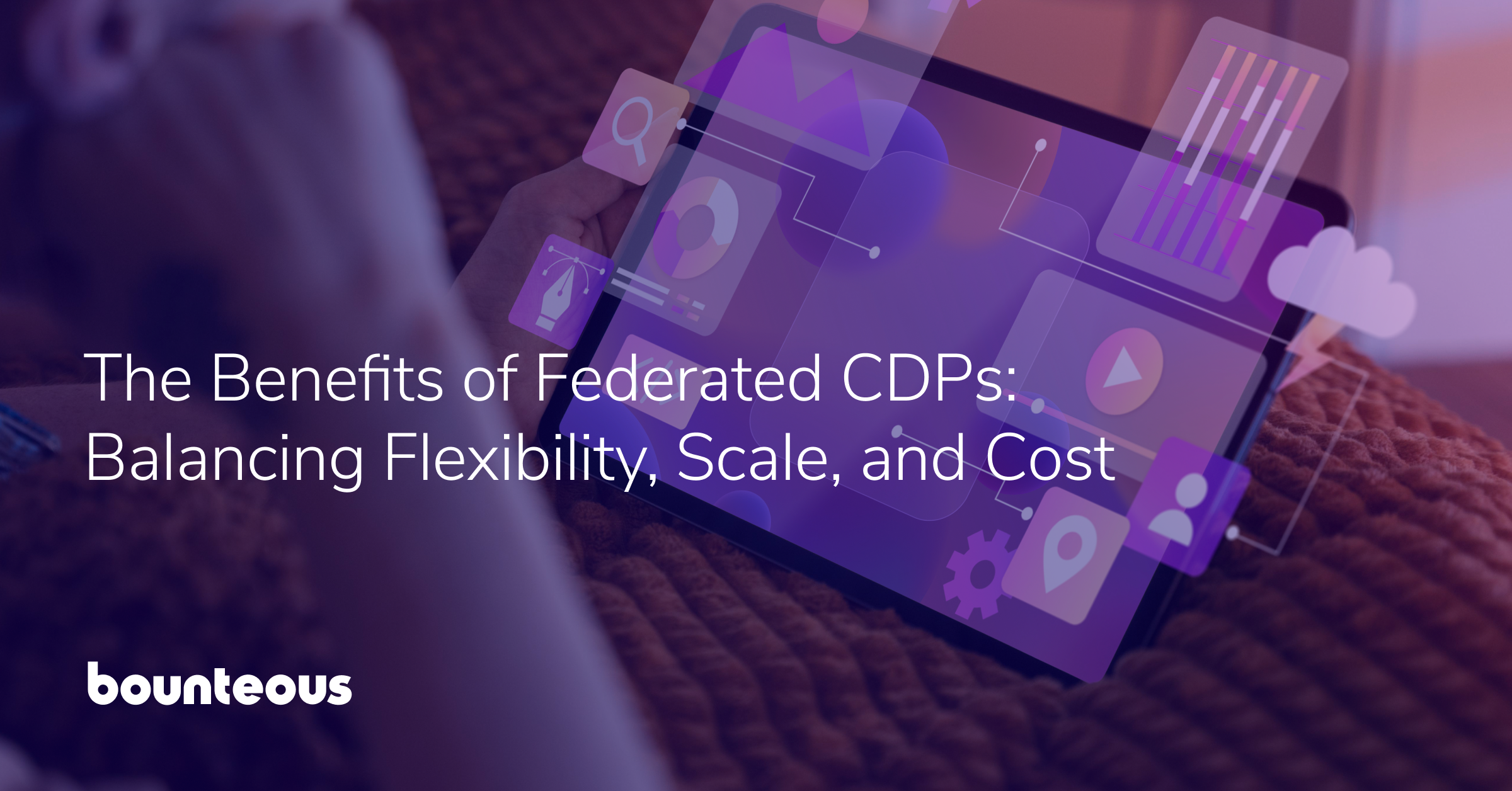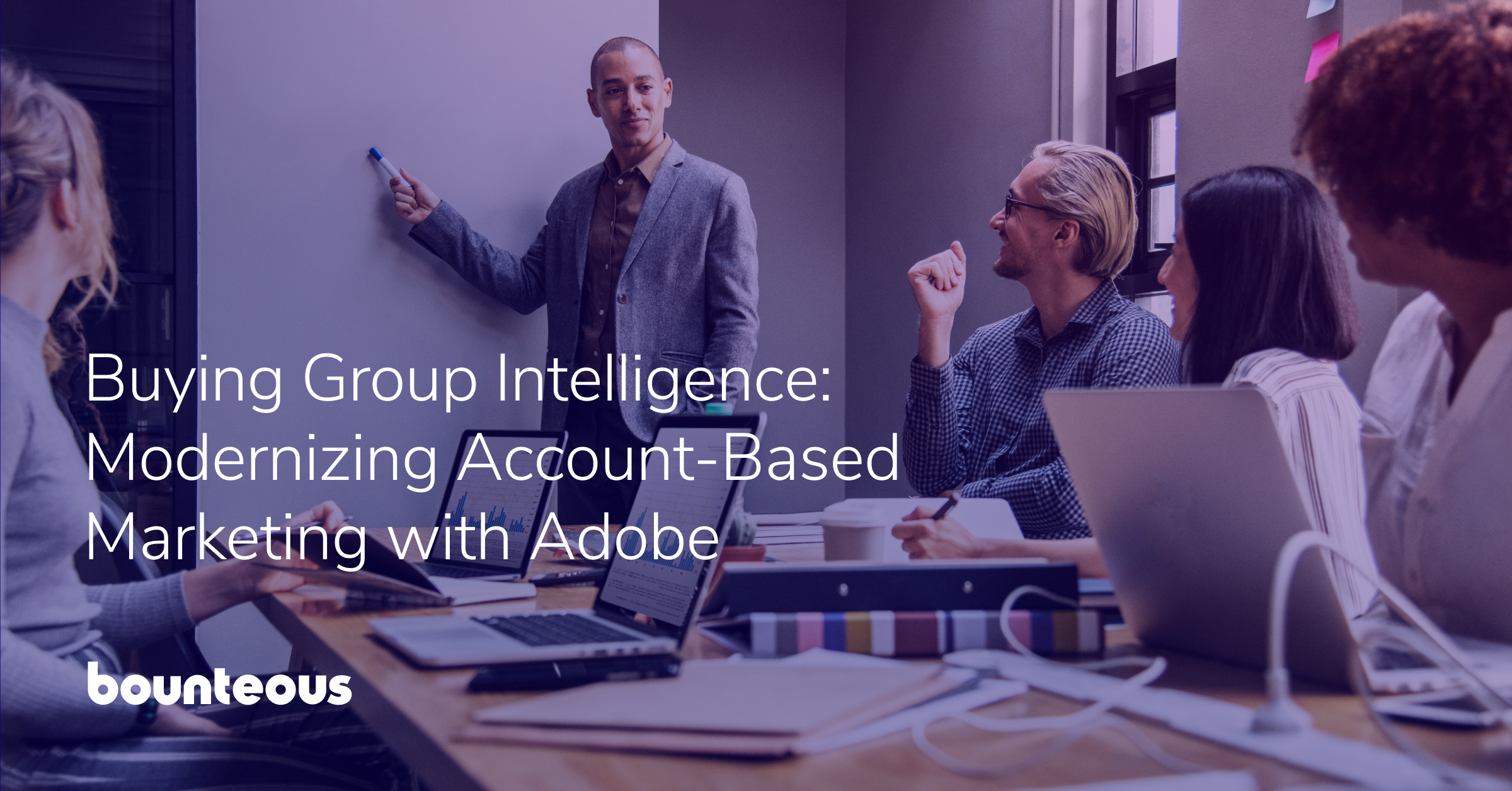Magento 1 End of Life: What Retailers Need to Know

As the end-of-life date approaches for Magento 1, merchants still operating on the system should begin to think about what steps they need to take now to ensure a smooth transition. With the right steps in place and a well-thought-out plan, transitioning to Magento 2 can be a time for innovation and positive digital transformation within your organization.
Magento 1 will cease to be supported at the end of June 2020, extending the original end-of-life date by 18 months. If you’re one of the hundreds of thousands of retailers worldwide operating on Magento, you may be wondering how this will impact you and how you should proceed.
Magento 1 Sunset Coming Soon
Since mid-2014, Magento 1 hasn’t had any new major releases. Magento and Adobe’s priority has been on creating the newer Magento 2 framework, so it's understandable that Magento wouldn't be able to support two platforms indefinitely.
When comparing Magento 1 vs Magento 2, retailers will immediately get access to an enhanced feature set and the peace of mind of continued performance and security improvements, though Magento 2 enables additional benefits as well. Magento 2 is better suited to today’s modern omnichannel selling environment. The platform also provides merchants with more effective visibility into their online business.
Many Magento 1 merchants may require additional time to ensure that their transition to Magento 2 is successful. Recognizing this, Magento has extended their software support policies from the original end date of November 2018 to June 2020 to enable merchants to have the time and confidence they need to upgrade when it is best appropriate for their business.
When support ends, Magento 1 sites will become increasingly vulnerable to security threats and no further features or innovations will be added. This means the continued security of your customers and your business would be at risk.
For Magento Commerce 1 (formerly “Enterprise Edition”):
Software support will now be provided through June 2020. Please review the chart below to verify which versions will support quality fixes and/or security patches.
| Version | Release Date | End of Software Support |
|---|---|---|
| Enterprise Ed. 1.9 | Jul 2010 | Jul 2012* |
| Enterprise Ed. 1.10 | Feb 2011 | Feb 2013* |
| Enterprise Ed. 1.11 | Aug 2011 | Aug 2013* |
| Enterprise Ed. 1.12 | Apr 2012 | Apr 2014* |
| Enterprise Ed. 1.13 | Oct 2013 | Jun 2020 |
| Enterprise Ed. 1.14 | Jun 2014 | Jun 2020 |
*Security patches will continue to be made available by Magento through June 2020.
For Magento Open Source 1 (formerly “Community Edition”):
Software security patches will be provided through June 2020. Please review the chart below to verify which versions will continue to receive software security maintenance.
| Version | Release Date | End of Bug-Fix Maintenance | End of Security Maintenance |
|---|---|---|---|
| Community Ed. 1.0 | Mar 2008 | Mar 2009 | Mar 2010 |
| Community Ed. 1.1 | Jul 2008 | Jul 20009 | Jul 2010 |
| Community Ed. 1.2 | Dec 2008 | Dec 2009 | Dec 2010 |
| Community Ed. 1.3 | Mar 2009 | Mar 2010 | Mar 2011 |
| Community Ed. 1.4 | Feb 2010 | Feb 2011 | Feb 2012 |
| Community Ed. 1.5 | Feb 2011 | Feb 2012 | Jun 2020 |
| Community Ed. 1.6 | Aug 2011 | Aug 2012 | Jun 2020 |
| Community Ed. 1.7 | Apr 2012 | Apr 2013 | Jun 2020 |
| Community Ed. 1.8 | Sep 2013 | Sep 2014 | Jun 2020 |
| Community Ed. 1.9 | May 2014 | May 2015 | Jun 2020 |
Magento 1 to Magento 2 Migration
For those considering transitioning to Magento 2, retailers should view this as more than just a simple “version upgrade” or “migration.” Effectively, it’s an entirely new platform with substantial framework differences from Magento 1. In order to ensure success, you should treat the transition effort as a new build or rebuild effort. All extensions and custom code will need to be reviewed, rewritten, and made compatible with Magento 2 and more recent versions of PHP. These types of efforts are often large and involved, so begin the process and start upgrading now to make sure you have optimal time.
An Opportunity for Reflection
Many merchants who are currently on Magento 1 will look to replatform to Magento 2, and with Adobe releasing Commerce Cloud, it's a great choice. However, this is also a great time to talk more generally about choosing the right eCommerce platform for your organization. Retailers currently on Magento 1 are in a perfect position to reevaluate their eCommerce platform decision, considering multiple facets of the customer experience like on-site personalization and targeted marketing options.
If you haven't already, it's time to start these conversations now. Make sure you have dedicated internal resources or a trusted partner to help guide you in these conversations, uncover challenges, and weigh the various eCommerce platform options. Being prepared ahead of time and having your business needs and goals identified will help you set a clear path forward for success and expedite the process.
With only a little over a year to go, you should begin producing a business plan and put a schedule in place to replatform and transition your Magento 1-enabled eCommerce website to a new platform, either the Magento framework or another, with an aim to beat the summer 2020 support deadline. If you plan correctly and put in enough advance time, this can be an exciting opportunity for innovation and positive digital transformation within your organization as you explore a comprehensive set of new features, performance improvements, and security enhancements enabled by the Magento 2 platform.


